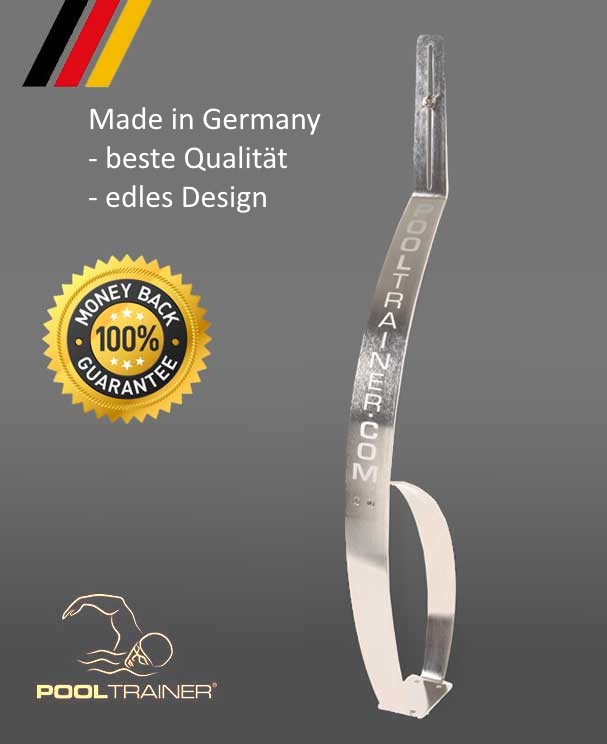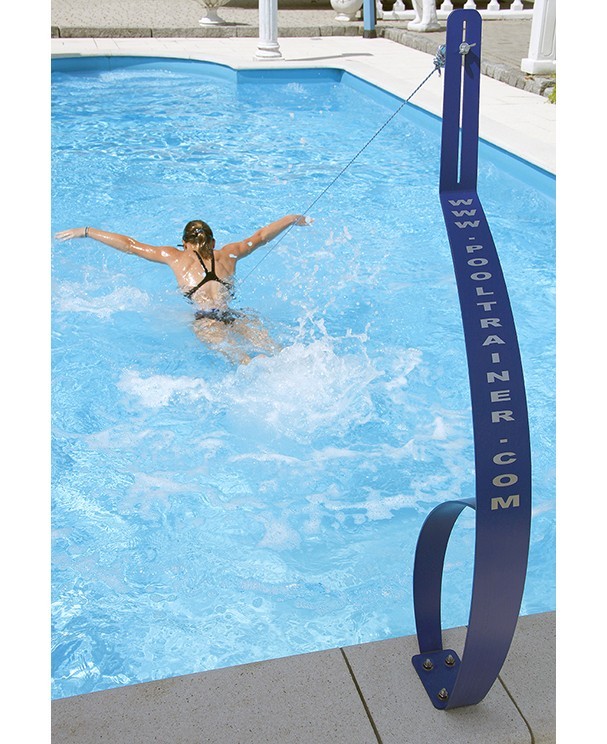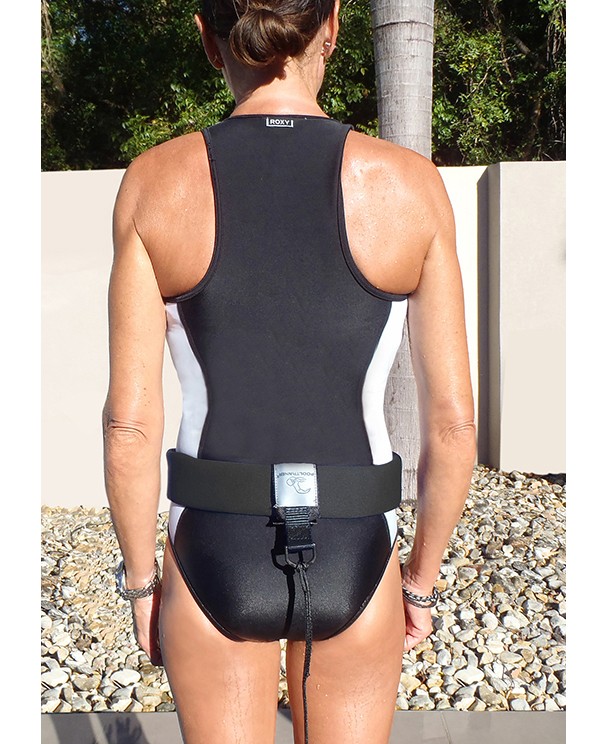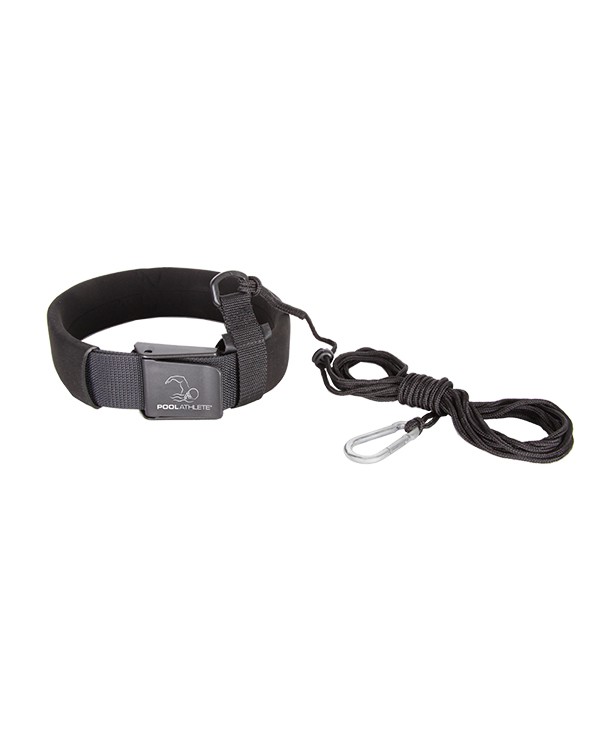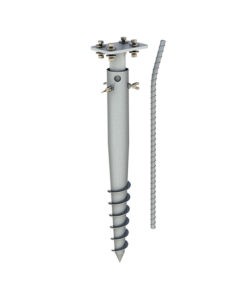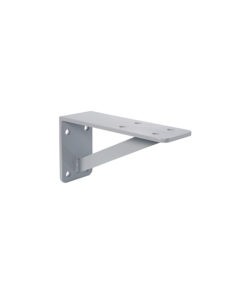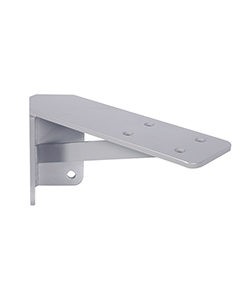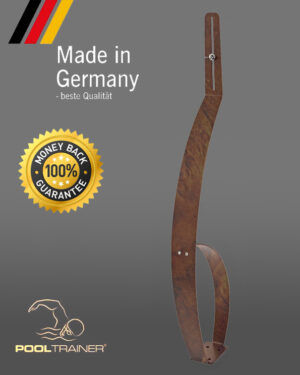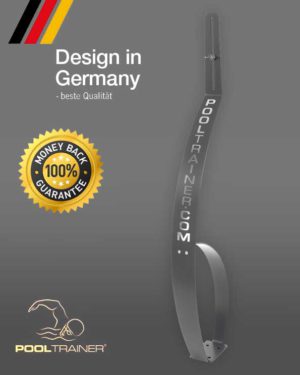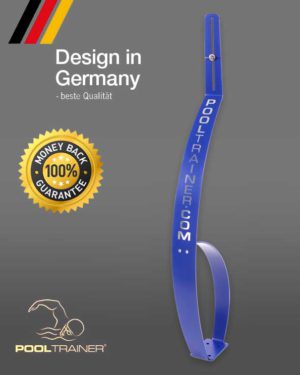Product care and advice
If e.g., for example, there are spots of rust on the ladder, many believe that inferior metal was used and that it must therefore be a complaint. It is a common misconception that stainless steel cannot rust. Because stainless steel consists of approx. 70% iron. The rust resistance is only created by a protective layer (also called passive layer). This protective layer essentially consists of chromium and other precious metals.
Types of corrosion
- Stress corrosion cracking: Occurs only very rarely, as it is caused by several factors, such as high tensile stress in an aggressive medium.
- Contact Corrosion: When a base metal comes into contact with stainless steel and reacts with an electrolyte (water). The base metal decomposes and removes the oxygen from the passive layer of the stainless steel.
- Crevice corrosion: The insufficient distance between two components prevents the supply of oxygen, so that the passive layer cannot regenerate sufficiently.
How do chloride ions get into the swimming pool?
There are many additives in drinking water, such as iron, sodium and magnesium. When an oxidizing agent (chlorine) is added, the sodium present reacts to form sodium chloride (salt). This exposure to salt leads to corrosion, which is further supported if the stainless steel parts are not cleaned regularly and sufficiently. If the pH of the pool water is too low and/or the fresh water supply is too low.
The chemical cocktail dissolved in the water becomes more and more concentrated and intensifies the corrosion process. Therefore, care should be taken to ensure a sufficient supply of fresh water or a corresponding water exchange in order to prevent stainless steel from rusting. The temperature also plays a decisive factor.
Causes of corrosion
- Rust forms on a screw.Reason:Tools were used that were previously used to machine normal steel. This forces the fine iron particles into the stainless steel screw head and the screw begins to rust.
- A brown layer forms on the surface outside of the water. Reason: There are rust particles in the air (rust film).
- In the water, a brown layer forms on the surface. Reason:The water contains a lot of iron, the particles react with the chlorine and are deposited on the stainless steel.2. Reason: The chlorine content of the water is or was too high.3. Reason: The water contains a high salt content and is operated at high temperatures.
In most cases, however, it is not easy to determine the reasons for rust infestation. Usually, several of the above factors are involved.
Cleaning and care of stainless steel
Basically, all stainless steel parts should be cleaned regularly. Commercial household cleaners that are suitable for stainless steel (i.e. without acetic or citric acid) can be used without hesitation in conjunction with a soft cloth or sponge. Cleaning sponges made of steel wool and cleaners containing vinegar, lemon or hydrochloric acid are unsuitable for cleaning stainless steel.
So that your stainless steel product shines for a long time and no unsightly rust spots form, you should pay attention to the precautionary measures mentioned.
Your PEMO team

